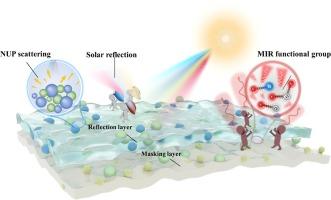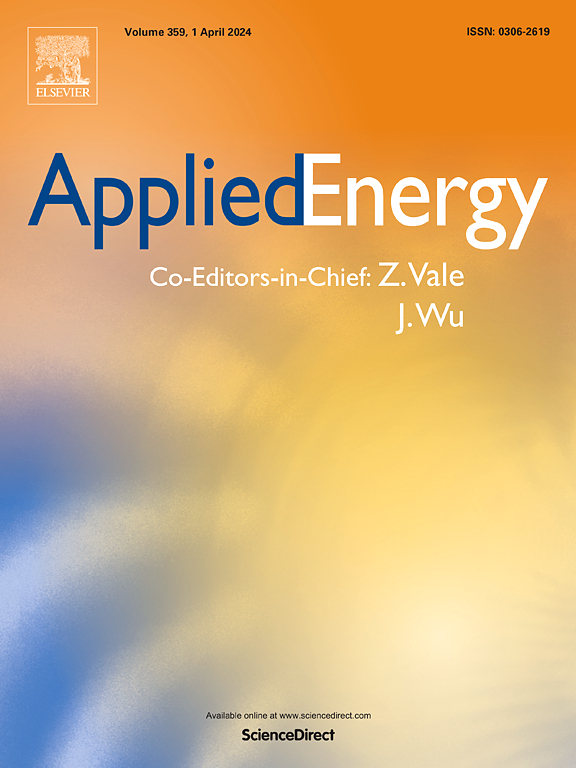Introducing masking layer for daytime radiative cooling coating to realize high optical performance, thin thickness, and excellent durability in long-term outdoor application
Abstract
The realization of spontaneous sub-ambient cooling in daytime typically requires the solar reflectance and thermal emittance of passive daytime radiative cooling (PDRC) material to be > 90%. Toward real-world applications, however, to achieve high optical performance and excellent durability, PDRC coating is often cost-prohibitive due to its high thickness (500 μm or higher). To solve the contradiction between high optical performance and thin thickness of PDRC coating, the idea of introducing masking layer for PDRC coating is proposed in this paper to prepare the water-based double-layer PDRC coating and explore its long-term outdoor application potential. The PDRC coating can achieve high solar reflectance (94.0%) and “atmospheric transparent spectrum window” emittance (93.0%), while the thickness and cost are only 40% and 60% of existing water-based PDRC coating. The PDRC coating shows efficient cooling performance when applied as the external coating of large temporary buildings, with maximum temperature reduction of 20.8 °C and 5.0 °C on the roof/indoor, which are equal to or greater than recorded values. The 150-day large-scale outdoor application shows that the coating has excellent durability, which offers a reference for the long-term outdoor application of PDRC coating. The application of the PDRC coating on rooftops of containers can achieve a cooling energy savings of up to 15.3% compared to conventional steel roofs, translating to an annual energy savings of 413.2 MJ and a reduction of approximately 114 kg in carbon dioxide emissions, which provide compelling evidence for the ability of PDRC coating to mitigate carbon emissions and address global climate change.


 求助内容:
求助内容: 应助结果提醒方式:
应助结果提醒方式:


